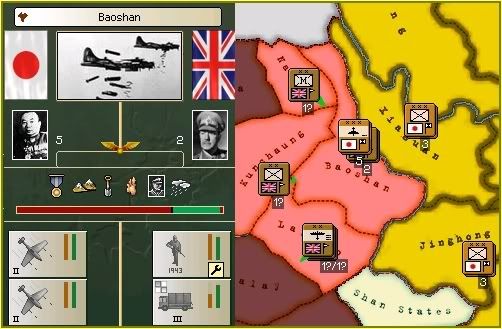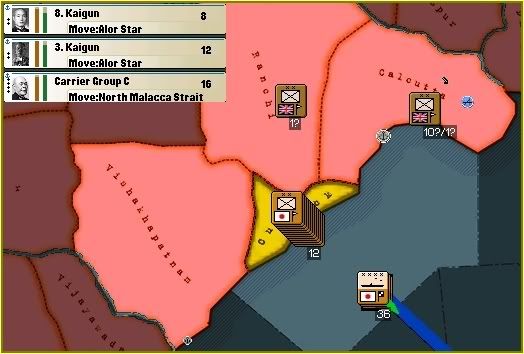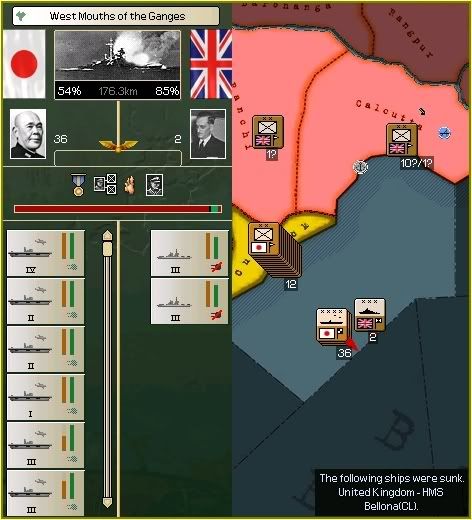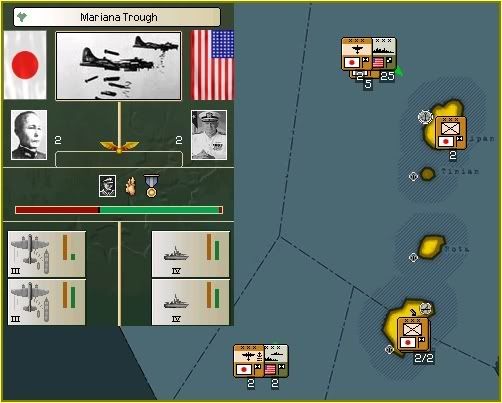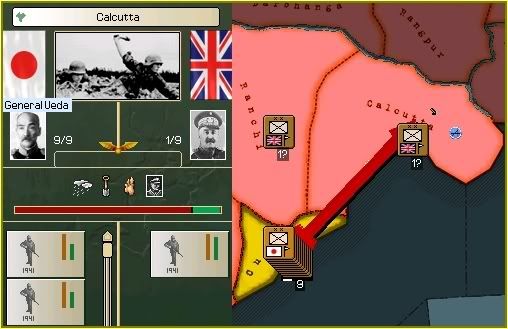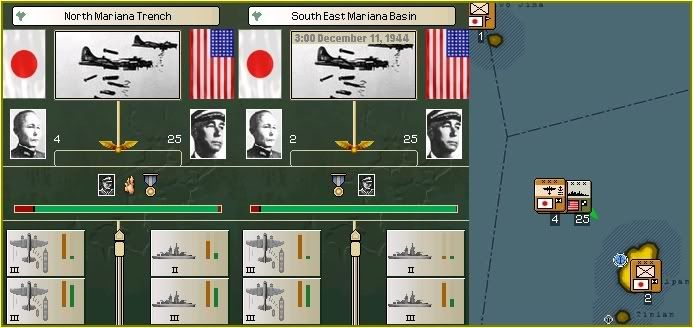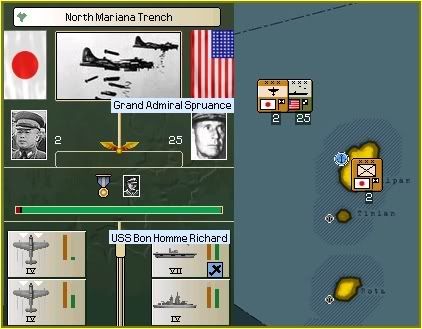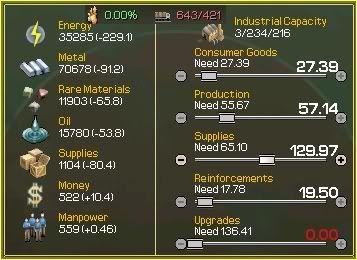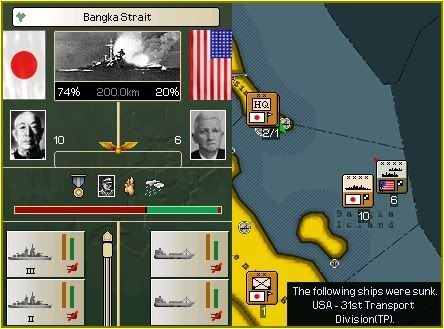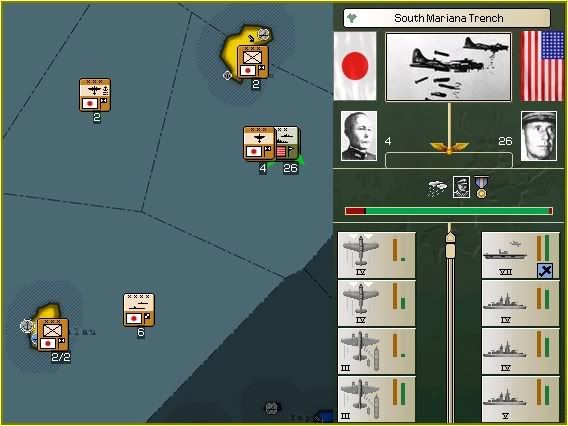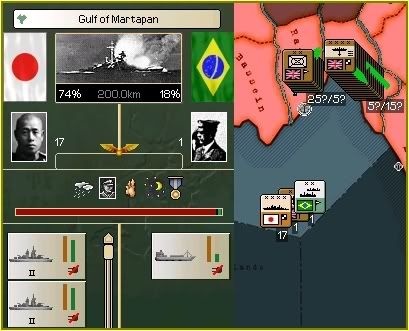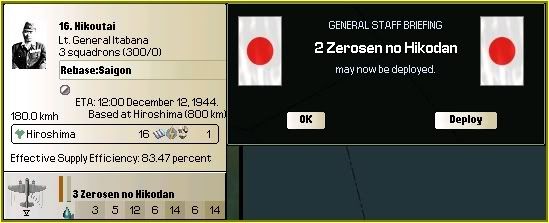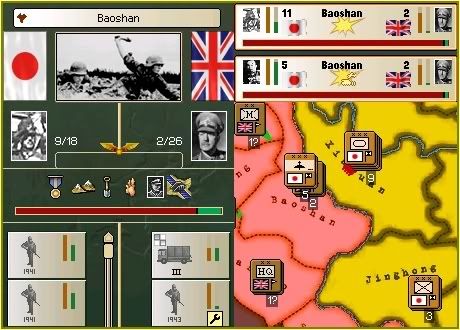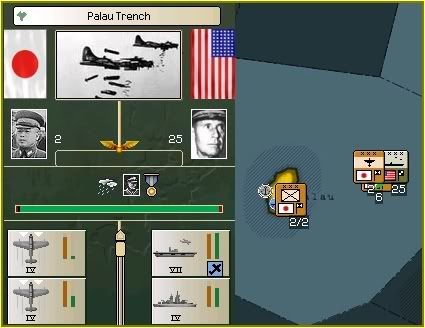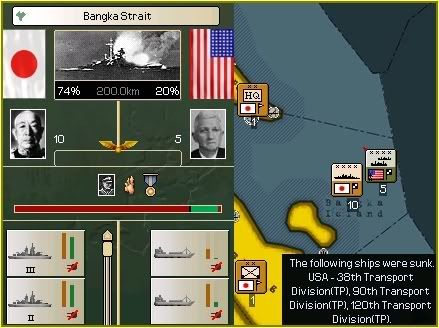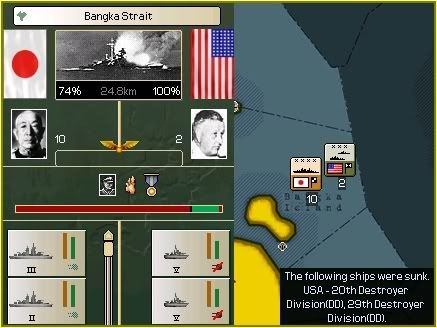Operation Dilemma
2
0000 December 8th 1944.
North China Army Headquarters. Jinghong, China.
Higashikuni was watching British forces continue their advance into Siam without reacting to the invasion behind thier lines. There were an unknown amount of enemy troops in India and there could be enough to stop the invasion as far as he knew.
More British troops had entered Baoshan where Lt. General Shimoyama was in the process of making them regret their advance. Redeploying forces from China were due to arrive in Xiaguan within the next few days which would give Higashikuni enough troops to attack this area after they had recovered from their movement.
The invasion of Cuttack had been completed successfully and there now twelve Japanese infantry divisions in the province recovering from their landing. Their primary target was still Calcutta before it could be reinforced.
Both Transport fleets, escorted by Carrier Group C, headed back towards southern Siam to pick up more troops from Alor Star. This would weaken Japanese defences in this area but the British force facing them was slowly being destroyed and was no longer as potent a threat.
Nagano's Carriers encountered the same small British fleet as they set sail towards Alor Star, this time they would manage to sink the Light Cruiser HMS Bellona. Aircraft from IJN Junyo would be credited with sinking this vessel.
Concern was beginning to mount for the combat effectiveness of Carrier Group C as its Carriers slowly began to take damage from small enemy fleets, with their escorting ships failing to stop such attacks.
0000 December 9th 1944.
The Skies Above the Mariana Trench.
Ozawa was already airborne and searching for the large American Battlefleet known to be in the area. Unfortunately his aircraft got side tracked and attacked a much smaller fleet.
The two Destroyer Divisions would suffer as a result, but the main American fleet would escape the Naval bombers for now. Interceptor squadrons were still following its progress as it entered the North Mariana Trench.
0300 December 9th 1944.
24 Gundan Headquarters. Cuttack, India.
General Ueda, commanding forces in India, noted that his forces had now reorganised from their invasion and he gave the orders to break out of the beach head.
He led nine divisions towards Calcutta and left three to defend Cuttack. The single British division blocking his advance was quickly overcome and forced to retreat.
0700 December 9th 1944.
BB Division 1 Flagship. IJN Yamashiro, Gulf of Martapan.
The situation around the Marianas had worsened with the arrival of the large American fleet and Yamamoto was keeping a very close eye on proceedings.
The Battleships had detected and attacked the Submarine fleet guarding the North Mariana Trench with 6 Sensuikantai being sunk before Admiral Suekuni could withdraw to the safety of Saipan harbour. The Light Cruiser USS Trenton would be the first enemy ship for several months to sink a Japanese vessel.
In retaliation Ozawa finally caught up with Admiral Turner and began to exact vengeance upon the Battleship USS California. Ozawa pursued the fleet into the South East Mariana Basin where the USS California came close to sinking. Turner would guide his fleet south and into probable Allied air cover which would stop the bombers being able to finish the sticken Battleship. The Naval bombers could easily reach the areas around the Carolines but this area was almost certainly patrolled by interceptors and was therefore a no go area for Ozawa.
While he was considering the options of following Turner or not other news convinced him that the USS California would be safe for now.
The United States Navy had sent two Battlefleets not one into the Marianas. The second fleet was even more powerful than the first, with one Aircraft Carrier as well as what looked to be the rest of the American Battleships. These ships were the more modern variants in the United States naval arsenal. The USS Bon Homme Richard was the most modern Aircraft Carrier afloat and to make matters even worse the fleet was commanded by one of America's better Admirals in Spruance.
0600 December 11th 1944.
Industry Offices. Tokyo, Japan.
Ginjiro had managed to reduce the populations dissent to zero after several days of allowing the supply stockpile to slowly reduce to speed up the process.
With the dissent gone he channeled the extra production back into supplies to repair the hole that he had created. The production would remain as it was for a few days to stabalise the situation.
0800 December 11th 1944.
BB Division 1 Flagship. IJN Yamashiro, Gulf of Martapan.
Yamamoto's decision to bring BB Division 1 to Singapore proved to be the right one as Koga found an enemy fleet trying to navigate the Bangka Strait and possibly bring reinforcements to Burma.
Only one Transport fleet would be sunk on this occasion but it was forced to turn around. The Battleship IJN Fuso would sink the 31st Transport Division.
